Frederick Benaben
Leveraging Large Language Models for Risk Assessment in Hyperconnected Logistic Hub Network Deployment
Mar 27, 2025Abstract:The growing emphasis on energy efficiency and environmental sustainability in global supply chains introduces new challenges in the deployment of hyperconnected logistic hub networks. In current volatile, uncertain, complex, and ambiguous (VUCA) environments, dynamic risk assessment becomes essential to ensure successful hub deployment. However, traditional methods often struggle to effectively capture and analyze unstructured information. In this paper, we design an Large Language Model (LLM)-driven risk assessment pipeline integrated with multiple analytical tools to evaluate logistic hub deployment. This framework enables LLMs to systematically identify potential risks by analyzing unstructured data, such as geopolitical instability, financial trends, historical storm events, traffic conditions, and emerging risks from news sources. These data are processed through a suite of analytical tools, which are automatically called by LLMs to support a structured and data-driven decision-making process for logistic hub selection. In addition, we design prompts that instruct LLMs to leverage these tools for assessing the feasibility of hub selection by evaluating various risk types and levels. Through risk-based similarity analysis, LLMs cluster logistic hubs with comparable risk profiles, enabling a structured approach to risk assessment. In conclusion, the framework incorporates scalability with long-term memory and enhances decision-making through explanation and interpretation, enabling comprehensive risk assessments for logistic hub deployment in hyperconnected supply chain networks.
Supporting interoperability of collaborative networks through engineering of a service-based Mediation Information System (MISE 2.0)
Sep 30, 2015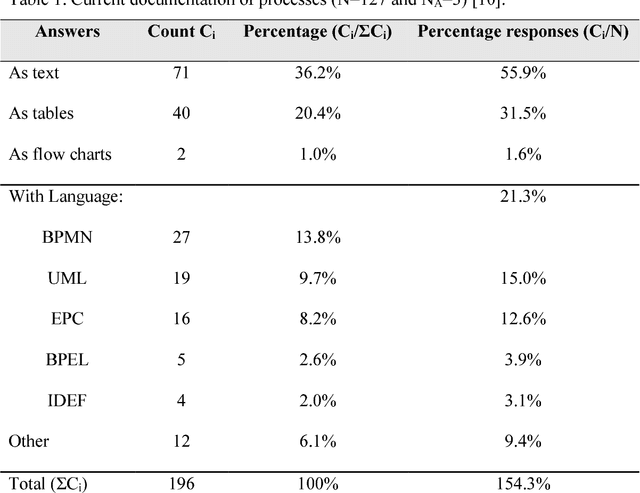
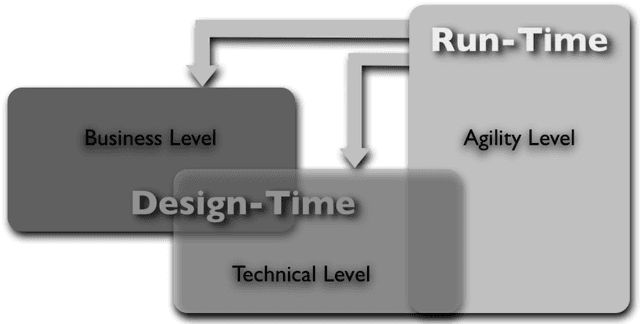
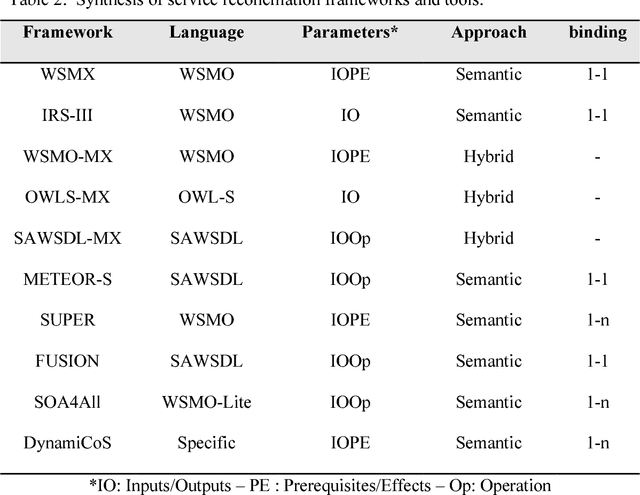
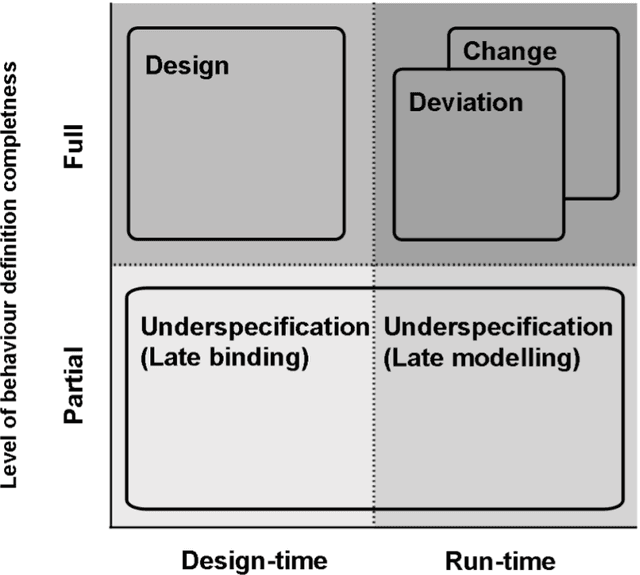
Abstract:The Mediation Information System Engineering project is currently finishing its second iteration (MISE 2.0). The main objective of this scientific project is to provide any emerging collaborative situation with methods and tools to deploy a Mediation Information System (MIS). MISE 2.0 aims at defining and designing a service-based platform, dedicated to initiating and supporting the interoperability of collaborative situations among potential partners. This MISE 2.0 platform implements a model-driven engineering approach to the design of a service-oriented MIS dedicated to supporting the collaborative situation. This approach is structured in three layers, each providing their own key innovative points: (i) the gathering of individual and collaborative knowledge to provide appropriate collaborative business behaviour (key point: knowledge management, including semantics, exploitation and capitalization), (ii) deployment of a mediation information system able to computerize the previously deduced collaborative processes (key point: the automatic generation of collaborative workflows, including connection with existing devices or services) (iii) the management of the agility of the obtained collaborative network of organizations (key point: supervision of collaborative situations and relevant exploitation of the gathered data). MISE covers business issues (through BPM), technical issues (through an SOA) and agility issues of collaborative situations (through EDA).
* \<10.1080/17517575.2014.928949\>
Knowledge-based system for collaborative process specification
Sep 30, 2015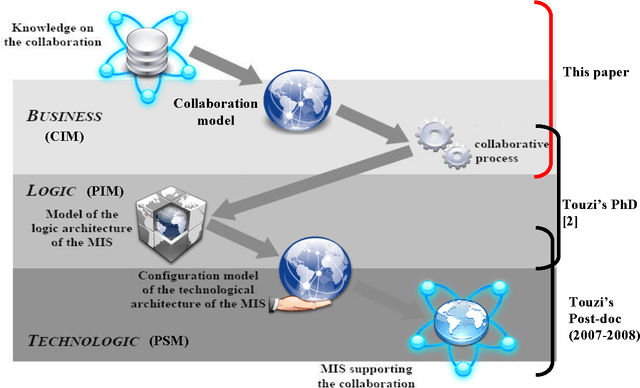
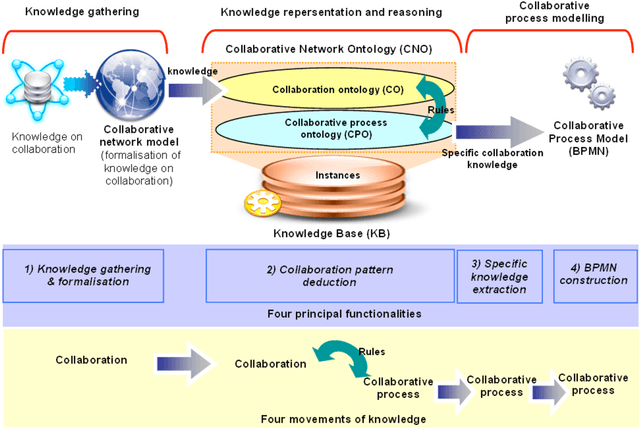
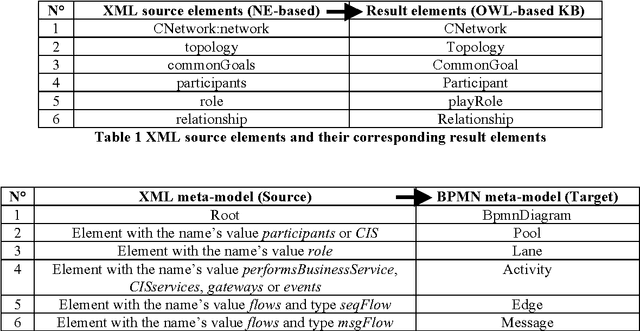

Abstract:This paper presents an ontology-based approach for the design of a collaborative business process model (CBP). This CBP is considered as a specification of needs in order to build a collaboration information system (CIS) for a network of organisations. The study is a part of a model driven engineering approach of the CIS in a specific enterprise interoperability framework that will be summarised. An adaptation of the Business Process Modeling Notation (BPMN) is used to represent the CBP model. We develop a knowledge-based system (KbS) which is composed of three main parts: knowledge gathering, knowledge representation and reasoning, and collaborative business process modelling. The first part starts from a high abstraction level where knowledge from business partners is captured. A collaboration ontology is defined in order to provide a structure to store and use the knowledge captured. In parallel, we try to reuse generic existing knowledge about business processes from the MIT Process Handbook repository. This results in a collaboration process ontology that is also described. A set of rules is defined in order to extract knowledge about fragments of the CBP model from the two previous ontologies. These fragments are finally assembled in the third part of the KbS. A prototype of the KbS has been developed in order to implement and support this approach. The prototype is a computer-aided design tool of the CBP. In this paper, we will present the theoretical aspects of each part of this KbS as well as the tools that we developed and used in order to support its functionalities.
* \<10.1016/j.compind.2009.10.012\>
 Add to Chrome
Add to Chrome Add to Firefox
Add to Firefox Add to Edge
Add to Edge